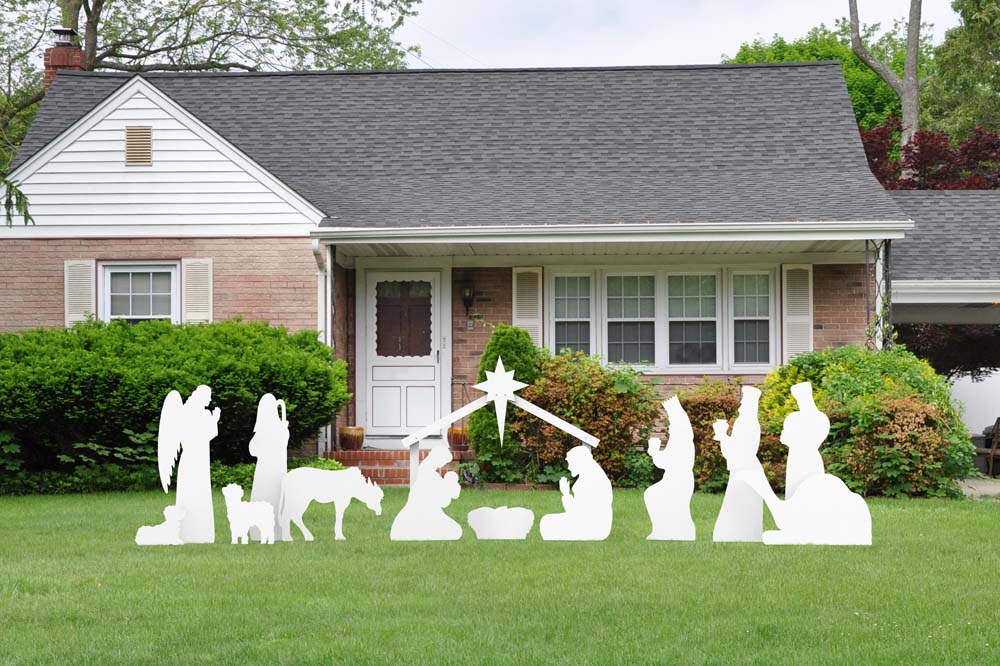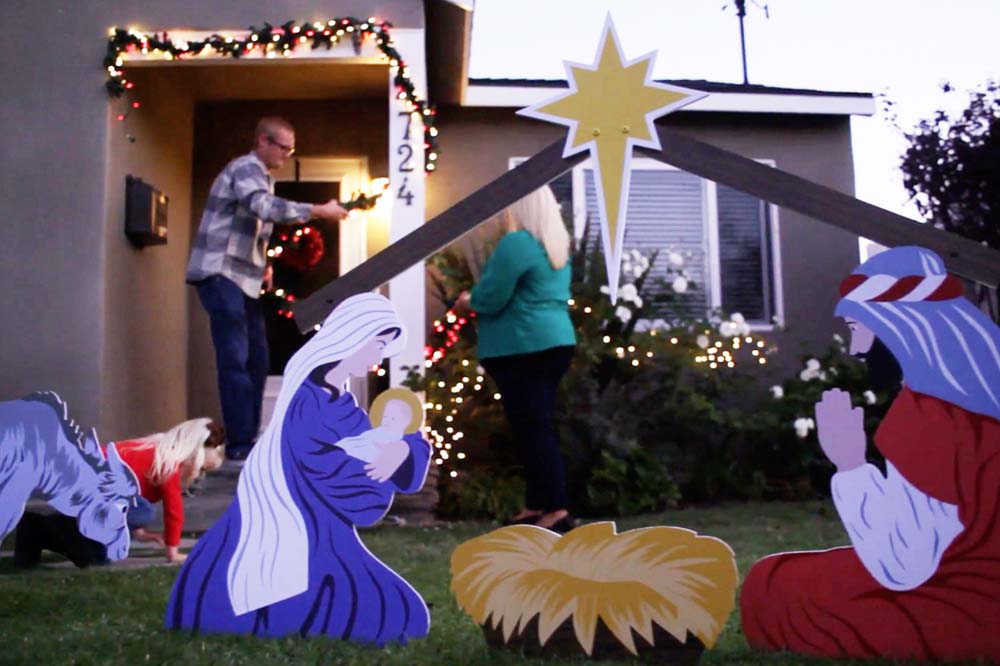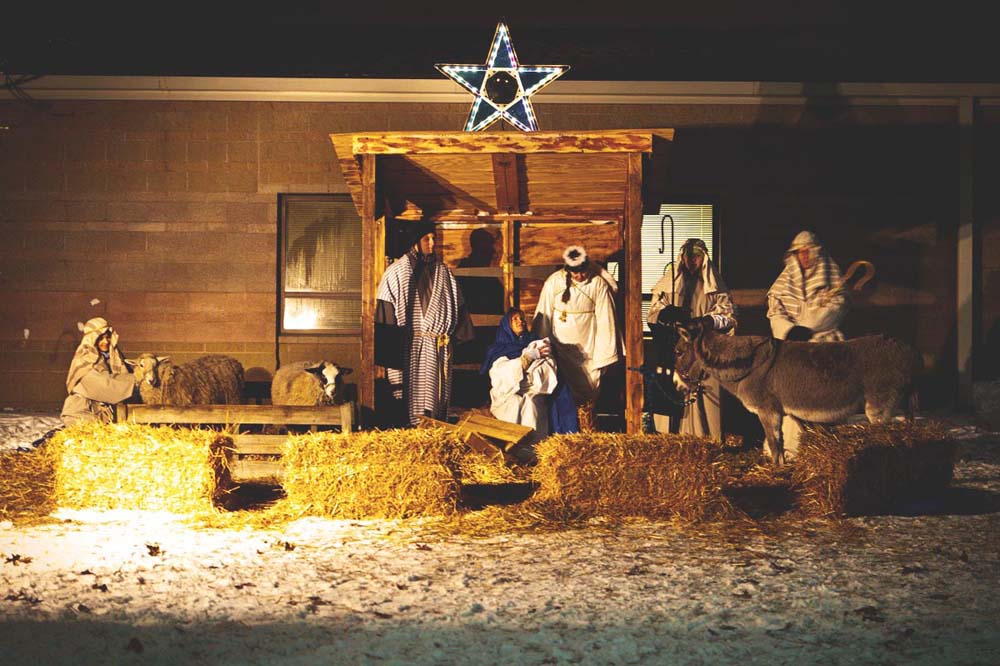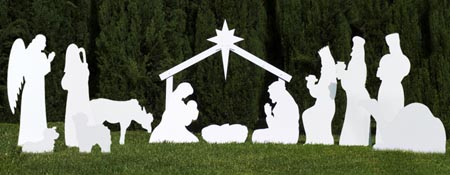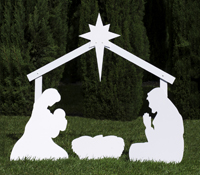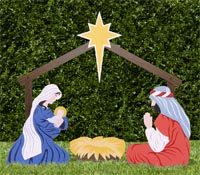Creche Traditions in Europe: A History
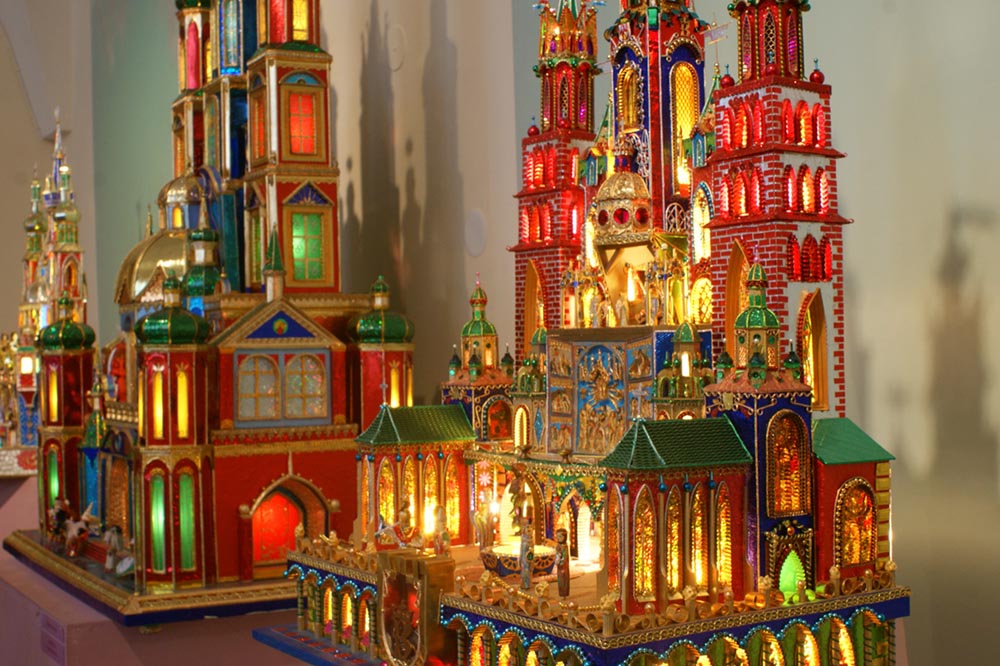
The nativity scenes we know and recognize today have their roots in centuries of European traditions dating back to the 12th century.
These early nativity scenes were usually made of terra cotta and were displayed year round in churches in the 1300s. Historians believe that around the year 1289, artist Arnolfo di Cambio carved one of the oldest existing nativity scenes out of marble in Rome’s Basilica di Santa Maria Maggiore.
By the middle of the 14th century, Nativity scenes began to appear in the private homes of the wealthy, especially in Italy. Artisans also began to get more creative with the figures, using wood and wax in addition to terra cotta and often dressing the figures in elaborate handmade clothing.
The idea of displaying home nativity scenes spread to most Christian countries, with each culture adding its own unique style and flair.
Today, Italy remains the world’s largest manufacturer of nativity figurines. The street Via San Gregorio Armeno in Naples houses the largest concentration of Nativity artists in the world. Many Italian families visit the shops there each year to add a new nativity figure to their scene.
Some of today’s artists create moveable figures with porcelain or wooden heads and bodies that are dressed in hand-made clothing that are in the long-standing Neapolitan tradition.
The santon (Provençal for “little saint”) is a small hand-painted, terracotta figure produced for nativity scenes by artists in the Provence region of southeastern France.
In a traditional French crèche, the santons represent the people and places from a typical Provençal village, including many shopkeepers such as the baker, the butcher, the scissors grinder, and the chestnut seller.
Szopka is the term for traditional Polish nativity scenes, which date back to 19th century Kraków, Poland. Modern versions highlight Krakow’s distinctive architecture, which is a blend of Gothic spires, Renaissance facades, and Baroque domes. Groups performing live nativity plays traditionally carried Szopka from door-to-door as part of the celebration of Christmas.
Many traditional Czech crèches are made from paper and other inexpensive materials, yet they feature extraordinary detail. They are named papirový betlém, or “the crèche of the poor,” to honor a time when many people could not afford to purchase a carved or molded crèche.
German nativities, called Krippen, usually are carved out of wood and have simple, clean lines and figures with rounded, almost childlike features. The idea of the music box nativity dates back to the 18th-century Germany. These music boxes have colorful wooden figures that move as if they are dancing to the music.
Some nativity scenes are life-like in size, and others are mean for tabletops, but there is at least one that is small enough to fit on the head of a pin. Aldo Caliro, an Italian artist, created what is thought to be the world’s smallest nativity by painting with one strand of boar hair! Caliro also has painted tiny crèches on lentils and coffee beans.
On the other extreme, the world’s largest nativity scene, which stretched to the size of nearly four football fields and included an estimated 5,000 figures, was built in Mexico City’s Aztec Stadium in 2011.


